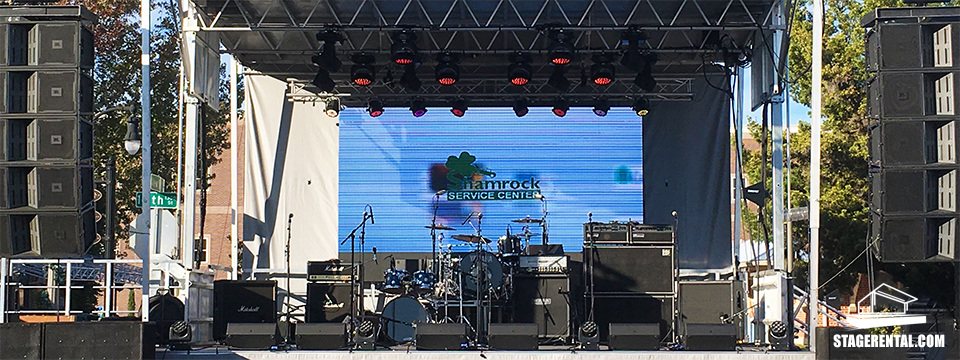Exploring the Crucial Factors That Affect Color Consistency in Light Emitting Diode Wall Screens for Ideal Visual Output
Exploring the Crucial Factors That Affect Color Consistency in Light Emitting Diode Wall Screens for Ideal Visual Output
Blog Article
Hue consistency in light-emitting diode wall screens is crucial for achieving maximum optical performance. light-emitting diode wall panels are commonly used in multiple environments, including concerts, meetings, and promotional displays. When the hues on these screens are uniform, they create a more engaging and immersive experience for viewers. Several key elements affect hue uniformity, including the quality of the light-emitting diode components, tuning procedures, and surrounding factors.
The quality of the LED components plays a significant role in color consistency. Different types of light-emitting diodes produce light at different frequencies, which can influence the overall hue result. High-quality LEDs are designed to produce a more consistent light range, leading in improved color accuracy. Additionally, the manufacturing process of these LEDs can affect their functionality. Panels made with high-grade materials and techniques tend to have less hue variations, ensuring that the displayed pictures and footage look vibrant and faithful to reality.
Calibration is another crucial element in maintaining color uniformity in LED wall panels. Tuning entails adjusting the settings of the screen to ensure that the colors shown align the intended appearance. This procedure can include fine-tuning brightness, differentiation, and hue balance. Regular tuning is essential, especially in environments where illumination factors vary frequently. By calibrating the screens, specialists can fix any discrepancies in color result, resulting to a more uniform viewing experience.
Surrounding factors also affect color uniformity in light-emitting diode wall panels. Elements such as ambient light, heat, and humidity can affect how colors are seen. For example, bright ambient light can wash out hues, making them look more vibrant. Similarly, extreme temperatures can influence the functionality of the light-emitting diodes, leading to hue changes. To mitigate these problems, it is essential to place light-emitting diode recommended read wall screens in controlled environments where lighting and heat can be controlled efficiently.
Finally, the design and layout of the light-emitting diode wall screens can affect hue uniformity. The arrangement of the panels, as well as the distance from which they are viewed, can create differences in hue recognition. When screens are arranged too far apart or at different angles, viewers may detect inconsistencies in hue. To obtain the best optical performance, it is important to consider the placement and arrangement of the screens during setup. By tackling these elements, operators can ensure that their light-emitting diode wall screens provide a consistent and high-quality visual experience.